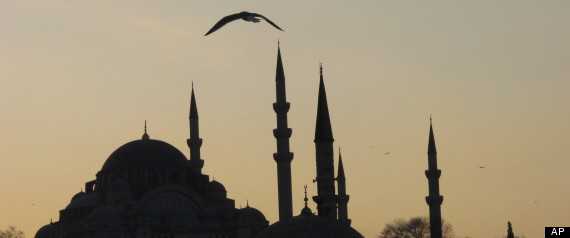Ancient Troy was much bigger than previously thought, and may have housed as many as 10,000 people, new excavations have revealed. The lower town, in which most of the population would have lived, may have been as large as 40 hectares (100 acres), according to Professor Ernst Pernicka. The new data include two large storage pithoi found near the city’s boundary ditch. The pots, which may have been as much as 2 metres high, were kept in or near homes, suggesting that houses in the lower town stretched to its limits, another indication that Troy’s lower town was fully inhabited and the city was bigger than revealed in previous expeditions, Professor Pernicka told reporters at the opening of a new exhibition on Troy. “They were used for storing water, oil or maybe grain.”
Troy has been a controversial site ever since Heinrich Schliemann and Frank Calvert pinpointed it at Hissarlik, near the Turkish city of Canakkale, more than a century ago. The reality of the Trojan War has been equally contentious, although Homer’s account fits the topography around Hissarlik remarkably well, and it seems likely that the Iliad does indeed reflect a conflict around 1180BC, towards the end of the Aegean Bronze Age.
For a long time Homer was doubted, because his description of Achilles chasing Hector around the walls did not fit well with the small site that can be seen at Hissarlik today. Excavations by the late Manfred Korfmann showed that this Troy was just the citadel and that a much larger lower town lay south of it enclosed by a rock-cut ditch (The Times, February 25, 2002).
Professor Pernicka’s continuation of Korfmann’s work has confirmed the substantial nature of this defensive work, which was probably backed by a now-vanished rampart. He has traced it for 1.4 kilometres, and showed it to be 4 metres wide and 2 metres deep.
The length of the defences may be as much as 2.5 kilometres. “This year we established that the trench continues around the town. We’ve found a southern gate, a southeastern gate, traces of a southwestern gate and I expect to find an eastern gate. So we have evidence of town planning,” he said, noting that the new evidence refutedKorfmann’s critics, who claimed that the trench was for drainage and did not indicate any substantial defences.
